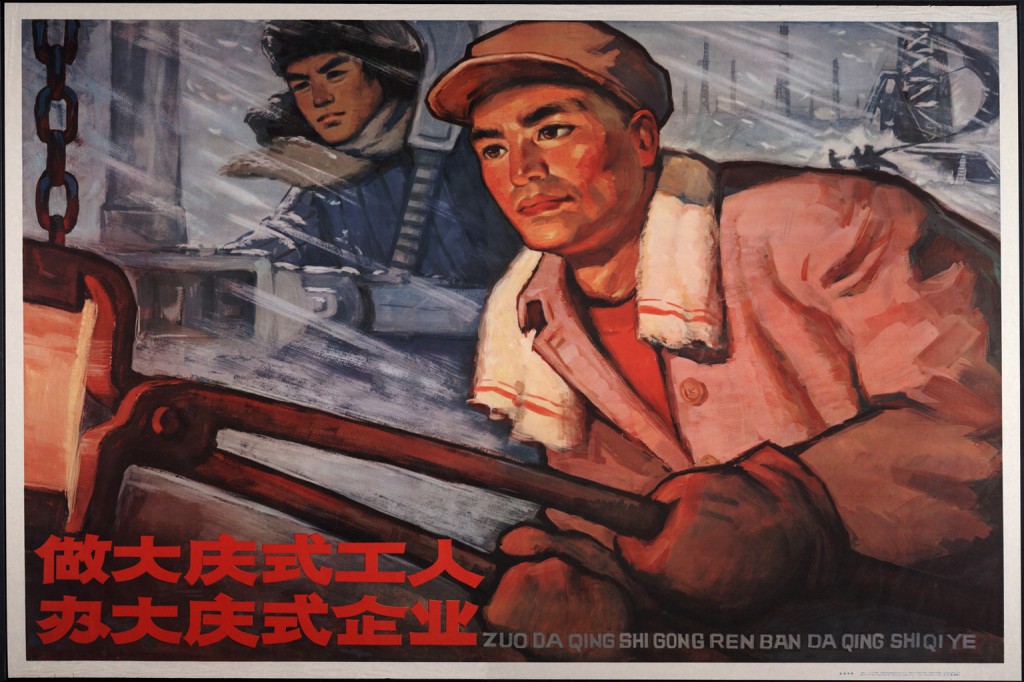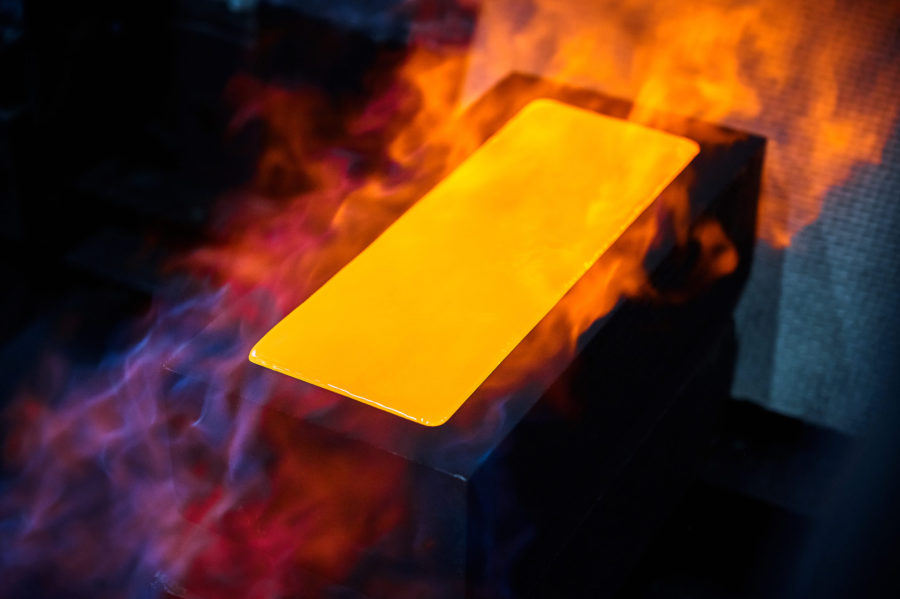Iron ore price nudges $75

Volatility in the iron ore price continued on Tuesday as traders digested the latest news out of China.
On the Dalian Commodities Exchange iron ore futures climbed 6%, while the import spot price for 62% Fe content ore at the port of Tianjin closed up 6.5% to US$74.90 a tonne, reversing declines seen in the last two trading sessions.
A frenzied month of trading and the election of Donald Trump pushed the spot price to a two-year high on November 10, and it continued to climb to $80 a day later. That was followed by a 9% drop on the 15th, with the price settling a week ago at $72.20.
Chinese authorities recently upped trading fees and margin requirements to cool down the credit-fuelled speculation in iron ore, met coal and rebar. The steelmaking ingredient is up 72.1% year to date.
The fresh gains are down to strength in Chinese steel prices following further production cuts in the Northern China city of Tangshan, a major producer of Chinese steel, according to analysts at Metal Bulletin.
“The city has imposed restrictions on the production of coke, iron and steel in a bid to improve air quality in the region,” the group said, adding the restrictions will be in place for the next four months. “News of steel and coke production restrictions in Tangshan gave ferrous futures an upward push, sending the rebar contract to its daily limit of 2,900 yuan ($421) per tonne,” said Metal Bulletin.
The move up could also be a result of a bullish commodity report by influential bank Goldman Sachs.
The bank today raised its 3-month iron ore price forecast to $65, and 6 and 12-month predictions to $63 and $55, respectively, per tonne.
“Steel consumption is more resilient than expected and demand for iron ore is likely to be supported further by incremental restocking across the steel supply chain,” said Goldman. “Further, the pace of supply growth has slowed as a result of delayed capital expenditure and operational challenges.”
More News
{{ commodity.name }}
{{ post.title }}
{{ post.date }}

Comments